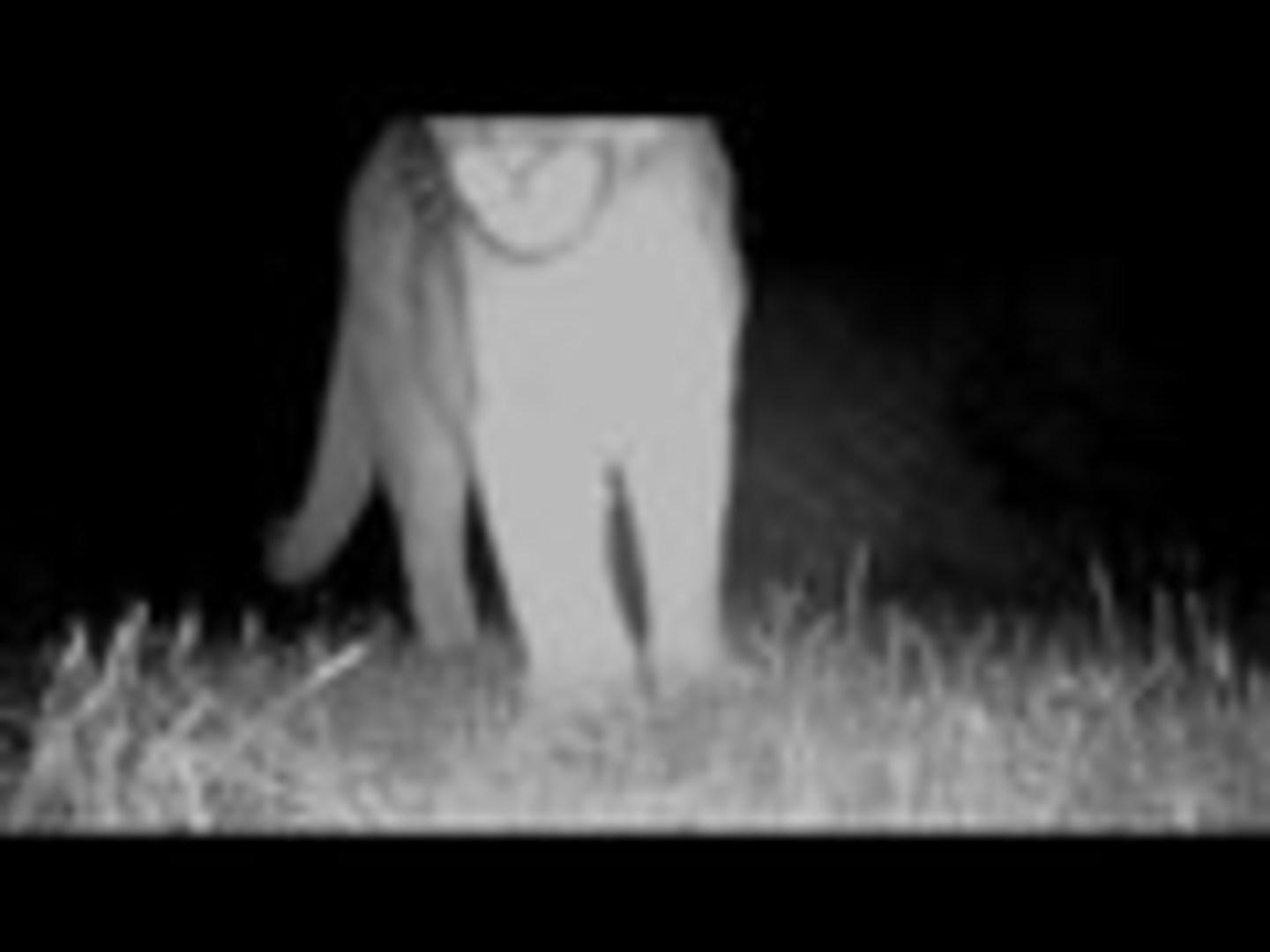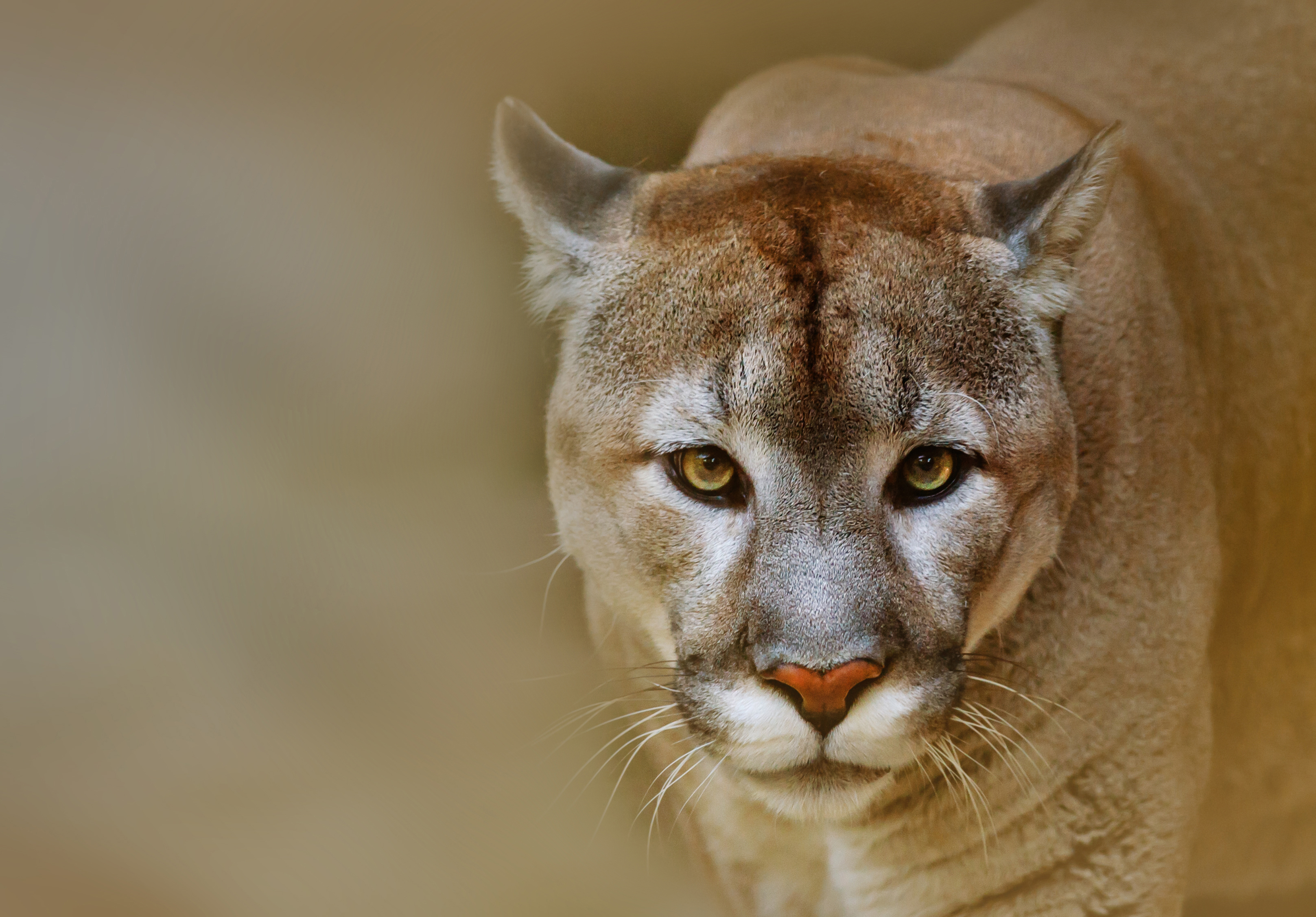


You can also slap your water bottle, bang a trekking pole against rocks or clap your hands in a staccato rhythm. Singing a song fiercely or talking slowly and loudly can disrupt and discourage the lion’s hunting instincts, while shouting and screaming loudly will help keep it slightly distracted, concerned and defensive. Yell profanities if it makes you feel better. Say or shout anything that comes into your head. Be as loud as possibleĭo whatever you can to make noise to keep the mountain lion distracted and wary, but avoid whimpering or crying so you don’t sound like a defenseless or wounded animal. Move carefully, a mountain lion can strike in a split second (Image credit: Ian Williams Unsplash) 4. (If you must take a dog, don’t let it off leash because a mountain lion will likely consider it prey and attack or chase it.) Keep small children nearby and don’t let them veer off trail. Avoid going out on such trails alone, and don’t take your dog with you. It’s better to walk or run outside of these times if possible. You should be especially careful in the twilight of the morning and evening when cats are typically out hunting. If you’re hiking, trail running or backpacking in a known mountain-lion habitat, you should be fully focused on your surroundings at all times – don’t wear headphones or ear pods to listen to music, keep all your senses alert. Top tips for staying safe if you encounter a mountain lion 1. The cats’ habitat extends elsewhere too, right across much of North America, from Mexico to Canada.Īttacks on humans are very rare, but it’s entirely possible you may meet a mountain lion during your outdoor adventures, and if you do, knowing what to do if you meet a mountain lion can go a way to helping prevent a memorable encounter becoming a mauling. and Canada.There are an estimated 20,000 to 40,000 mountain lions – also known as cougars, pumas, panthers, and catamounts – living in the American West, and sightings and encounters have become increasingly common on trails adjacent to growing cities like Denver, Salt Lake City, Bend, Oregon, and Reno, Nevada. While they do occasionally attack people-usually children or solitary adults-statistics show that, on average, there are only four attacks and one human fatality each year in all of the U.S. They are solitary and shy animals, seldom seen by humans. BehaviorĬougars require a lot of room-only a few cats can survive in a 30-square-mile range. states and Canadian provinces, populations are considered sustainable enough to allow managed sport hunting. Some biologists believe that these big cats could eventually recolonize much of their Midwest and Eastern range-if humans allow them to do so. Today, whitetail deer populations have rebounded over much of the cougar's former range and a few animals have appeared in more eastern states such as Missouri and Arkansas. Subsequently, by the dawn of the 20th century, cougars were eliminated from nearly all of their range in the Midwest and Eastern U.S.-though the endangered Florida panther survives. They were prized by hunters and despised by farmers and ranchers who suffered livestock losses at their hands. Population Decline and ReboundĬougars once roamed nearly all of the United States. They will hide large carcasses and feed on them for several days. These cats employ a blend of stealth and power, stalking their prey until an opportunity arrives to pounce, then going for the back of the neck with a fatal bite. They usually hunt at night or during the gloaming hours of dawn and dusk. HuntingĬougars like to prey on deer, though they also eat smaller animals such as coyotes, porcupines, and raccoons. This big cat of many names is also found in many habitats, from Florida swamps to Canadian forests.

This powerful predator roams the Americas, where it is also known as a panther, puma, mountain lion, and catamount.


 0 kommentar(er)
0 kommentar(er)
